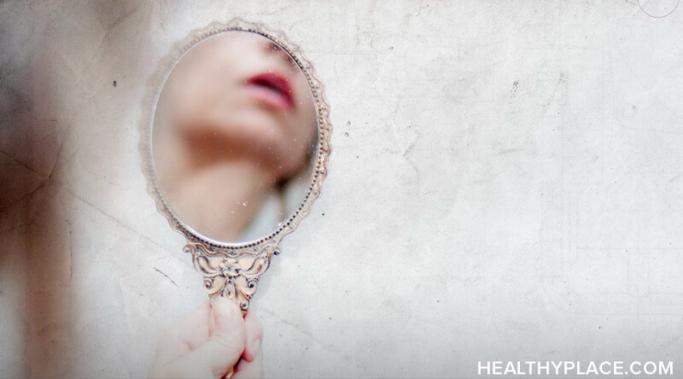Borderline personality disorder (BPD) affects me in many ways. If you really know me -- we're talking roommates and family -- you'd catch onto the petulance, those bursts of childlike fury that bubble up out of nowhere. On the outside, borderline personality disorder has me spinning with emotions, intense reactions, and a sprinkle of unpredictability. However, what seems to be a mood affliction is actually a batch of survival tactics that collectively comprise the framework of my personality. Read on to learn how BPD really affects me.
Stigma of BPD
There’s so much information online about the negative side effects of living with borderline personality disorder (BPD) and very little about BPD superpowers. Yep, that's right -- if you or someone you know has BPD, they, or you, probably have superpowers. In this article, I get into one aspect I love about my BPD-having self.
It can be easy to fall into a victim mentality with borderline personality disorder (BPD). You can often feel like your brain is working against you and making life unnecessarily hard. However, treating yourself as a victim can be detrimental and prevent you from recovering and moving on from traumatic events.
Borderline personality disorder (BPD) can be an isolating disorder. I have spent many years feeling separate from other people and like an outsider in social situations. These feelings started when I was a child and have continued into adulthood, although they have changed.
Borderline personality disorder (BPD) carries a negative reputation. From professional psychologists to strangers on the Internet, there are many negative opinions about this personality disorder. But what does that mean for people who live with BPD?
Having a diagnosis of borderline personality disorder (BPD) can be really challenging at times. Not only is it tough having intense emotions, difficulties with self-criticism and near-constant fear of abandonment, but the condition is still shrouded in misunderstandings and misrepresentation. I have found it beneficial to remind myself of the following four things and wanted to share them in case they help you.
How can blogging help your mental health? Here's how it's helped mine.
Borderline personality disorder (BPD) is one of the most stigmatized mental health conditions, along with conditions such as schizophrenia, dissociative identity disorder and other personality disorders. I have been discriminated against by healthcare professionals, struggled for years to talk openly due to stereotyping and see few compassionate representations of the condition in the media. There are three main myths about BPD and I will outline them here.
Myths about borderline personality disorder abound. Are we “crazy?” Are we “impossible?” Are we “doomed?” One of the main reasons I wanted to start writing and blogging about borderline personality disorder (BPD) was to address the stigma I’ve encountered as a woman living with this diagnosis out in the world. Today, I thought I would break down three of the most common myths about borderline personality disorder (BPD) I’ve encountered and my thoughts (as well as science’s) about each of them.
Coping with a new borderline diagnosis can be challenging. Here's a step-by-step guide on how to accept your borderline diagnosis and start healing.









